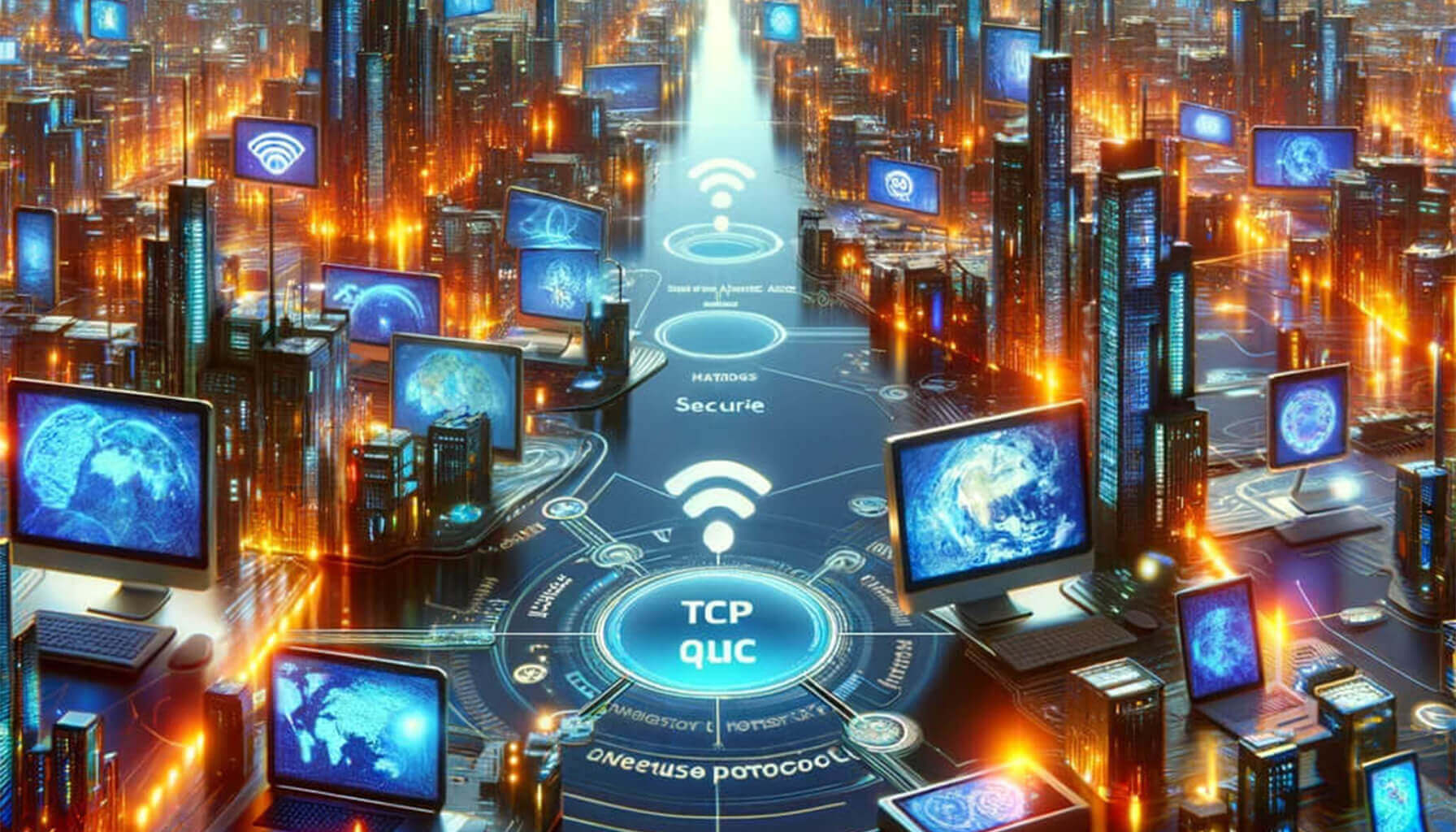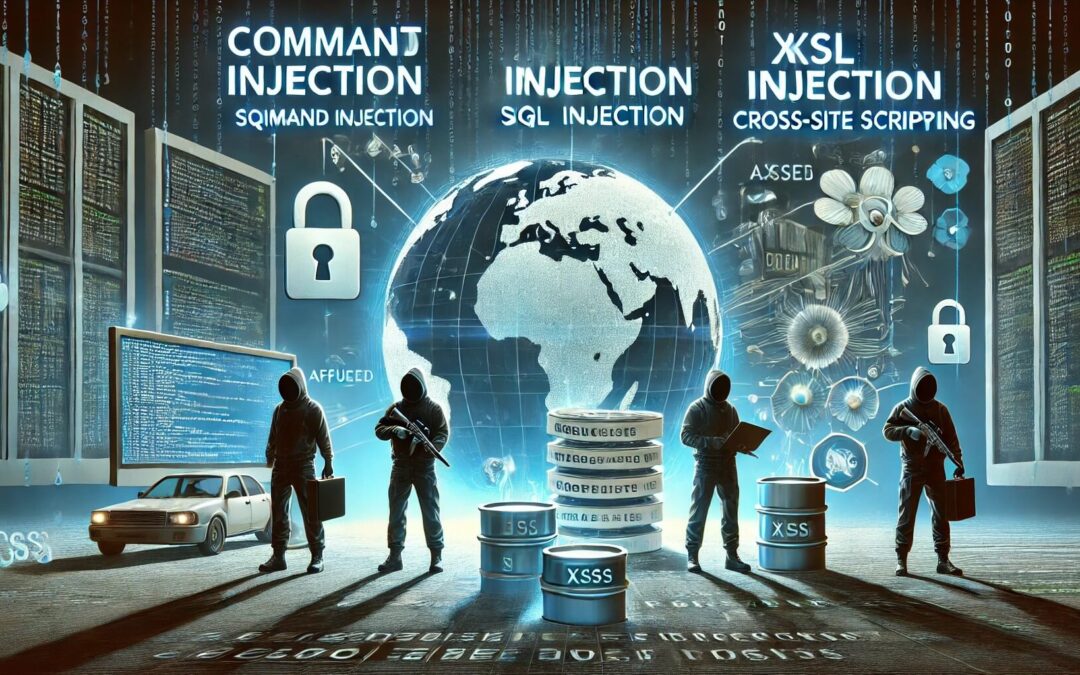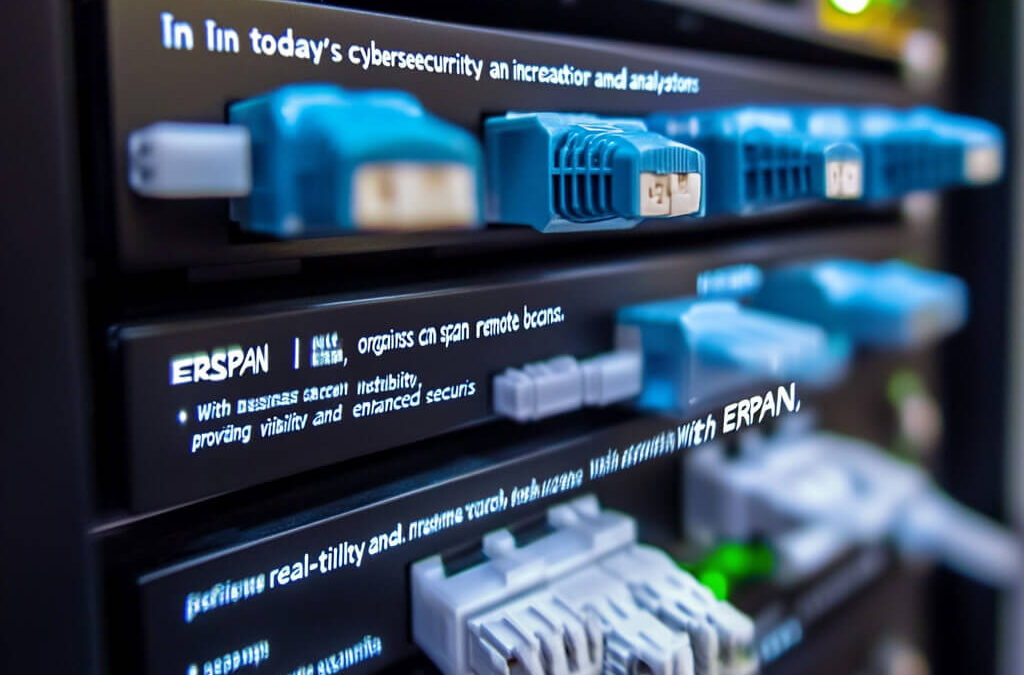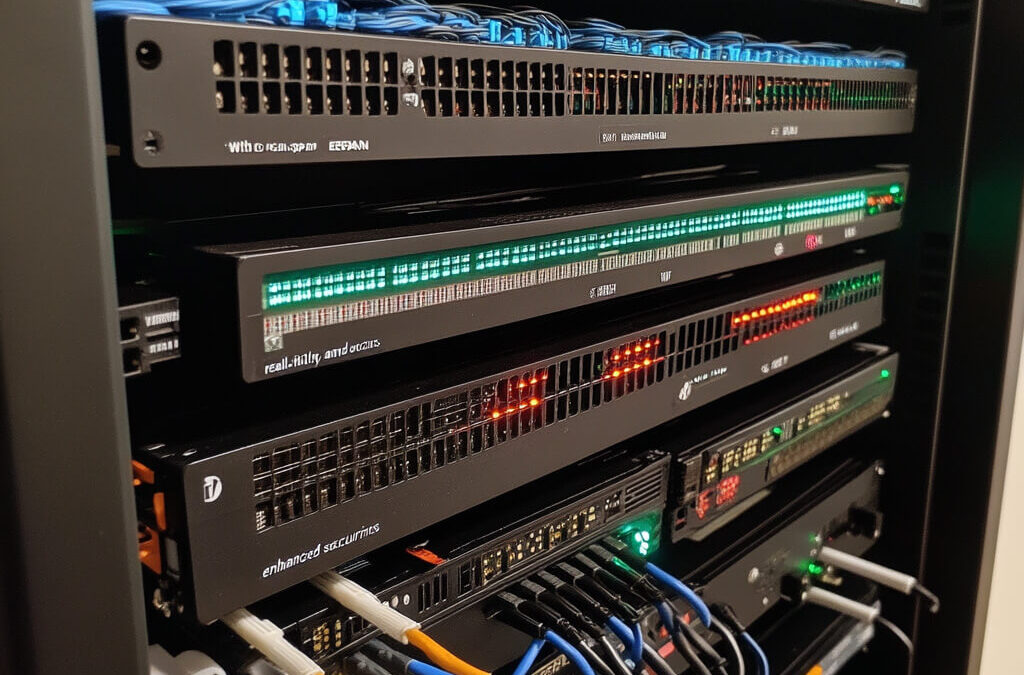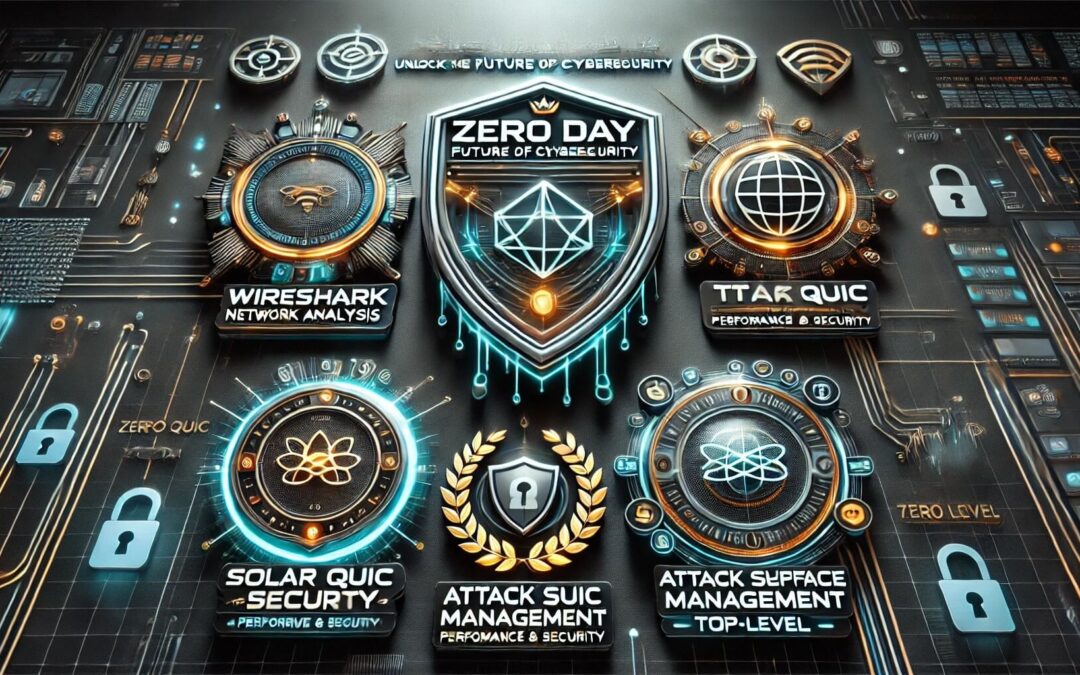Introduction
In the ever-evolving landscape of internet protocols, the introduction of TCP-QUIC stands as a significant milestone. Designed to enhance the speed and security of online communications, TCP-QUIC is rapidly becoming a protocol of choice for many organizations. This blog post delves into the TCP-QUIC protocol, exploring its benefits, functionality, and potential impact on the digital world.
What is TCP – QUIC, because it covers both protocols and their coexistence. Protocol?
Developed over 50 years ago, TCP and the QUIC protocol, started as an experiment in 2013 and became a standard in 2020, are integral to the TCP – QUIC innovation. It is an innovative transport layer network protocol that combines the best features of TCP (Transmission Control Protocol) and QUIC (Quick UDP Internet Connections). While TCP has been the backbone of internet communication, ensuring reliable data transmission, QUIC is a newer protocol designed by Google to make internet connections faster and more secure. TCP – QUIC aims to bring the reliability of TCP together with the speed and security enhancements of QUIC, providing a robust solution for modern internet needs.
The Evolution from TCP to TCP-QUIC
Understanding TCP
TCP is one of the main protocols of the Internet Protocol Suite, which ensures reliable, ordered, and error-checked delivery of a stream of bytes between applications running on hosts communicating over an IP network. Despite its widespread use and reliability, TCP has limitations, especially in terms of latency and speed, particularly in lossy or congested network environments.
The Advent of QUIC
If the QUIC protocol cannot establish a connection, it falls back to TCP. QUIC typically uses UDP port 443, indicating that it is not a TCP protocol.
QUIC was developed to overcome the limitations of TCP, particularly those related to connection establishment time, security, and performance in adverse network conditions. QUIC operates over UDP (User Datagram Protocol) and incorporates features like multiplexed connections, improved congestion control, and faster encryption protocols.

Key Features of TCP-QUIC Protocol
Reduced Connection Establishment Time
TCP-QUIC minimizes the time required to establish a connection by combining TCP’s three-way handshake with QUIC’s ability to carry out cryptographic negotiation simultaneously, drastically reducing latency.
Improved Security Features
TCP-QUIC incorporates standard TLS (Transport Layer Security) over its connections, providing a higher level of security than TCP and even improving upon QUIC’s encryption mechanisms, making it more resistant to eavesdropping and tampering.
Enhanced Performance in Varied Network Conditions
By integrating QUIC’s efficient congestion control algorithms, TCP-QUIC can adapt to changing network conditions, improving data throughput and stability even in congested or unstable networks.
Stream Multiplexing
TCP-QUIC allows multiple streams of data to be transmitted simultaneously over a single connection, reducing the impact of packet loss and improving the overall efficiency of data transmission.
It is crucial for IT and security personnel to understand the TCP and QUIC protocols due to potential data compromise risks. Data Loss Prevention (DLP) and private certificates play key roles in identifying and filtering compromised data.
Potential Impact of TCP-QUIC
Enhanced User Experience
With faster connection times, improved security, and more efficient data transmission, TCP-QUIC can significantly enhance the user experience, particularly in applications requiring real-time data transfer, such as video streaming, gaming, and online communications.
IoT and Edge Computing
TCP-QUIC’s efficiency and robustness make it an ideal protocol for IoT devices and edge computing applications, where reliable and fast communication is critical, and network conditions can be highly variable.
Future of Web Protocols
As TCP-QUIC gains adoption, it could potentially become a new standard for web communication, influencing how future internet protocols are developed, particularly in terms of integrating speed, reliability, and security.

Conclusion
TCP-QUIC represents a significant leap forward in the development of internet protocols, offering a blend of reliability, speed, and security that meets the demands of modern digital communication. As this protocol continues to evolve and gain adoption, it promises to shape the future of internet connectivity, impacting various sectors from web browsing and online gaming to IoT and cloud computing. Understanding and embracing TCP-QUIC is essential for anyone involved in the digital technology space, as it paves the way for a faster, more secure, and reliable internet.
FAQs
1. How does TCP-QUIC improve upon TCP’s reliability? TCP-QUIC integrates QUIC’s error correction mechanisms with TCP’s reliability, ensuring data integrity and consistent delivery while minimizing delays.
2. Can TCP-QUIC be used with existing internet infrastructure? Yes, TCP-QUIC is designed to be compatible with existing internet infrastructure, allowing for seamless integration and adoption.
3. What impact does TCP-QUIC have on mobile internet usage? TCP-QUIC’s efficiency and fast connection times can significantly enhance mobile internet experiences, particularly in environments with fluctuating network quality.
